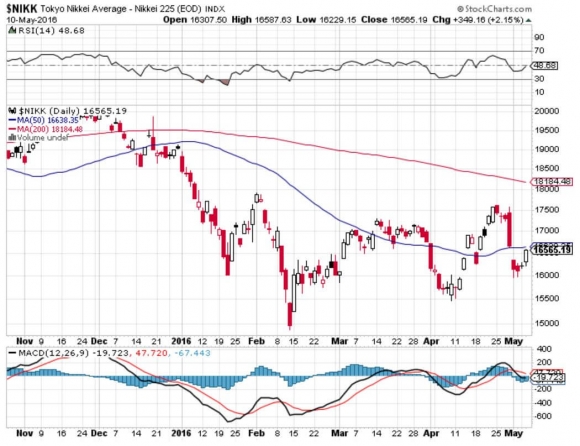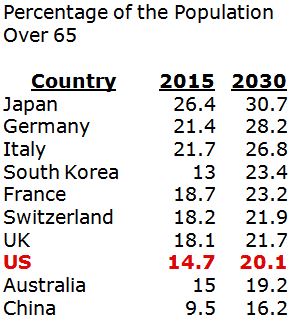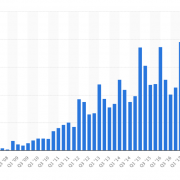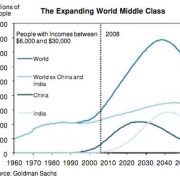Regular readers of this letter are well aware of my fascination with demographics as a market driver.
They go a long way towards explaining if asset prices are facing a long-term structural headwind or tailwind.
The great thing about the data is that you can get precise, high quality numbers 20, or even 50 years in advance. No matter how hard governments may try, you can?t change the number of people born 20 years ago.
Ignore them at your peril. Those who failed to anticipate the coming retirement of the baby boomer generation in 2006 all found themselves horribly long and wrong in the market crash that followed shortly.
The Moody?s rating agency (MCO) has published a report predicting that the number of ?super aged? countries, those with more than 7% of their population over the age of 65, will increase from three to 13 by 2020, and 34 in 2030.
Currently, only Japan (26.4%) (EWJ), Italy (21.7%) (EWI), and Germany (EWG) are so burdened with that number of old age pensioners. France (EWQ) (18.7%), Switzerland (EWL) (18.2%), and the UK (EWU) (18.1%) are about to join the club.
The implication is that the global demographic dividend the world has enjoyed over the last 40 years is about to turn into a tax, a big one. The consequence will be lower long-term growth, possibly by 0.5%-1.0% less than we are seeing today.
This is what the bond market may already be telling us with its unimaginably subterranean rates for its long term bonds (Japan at -0.13%! Germany at 0.14%! The US at 1.75%!).
Traveling around Europe last summer, I was struck by the number of retirees I ran into. It certainly has taken the bloom off those topless beaches (I once saw one great grandmother with a walker on the beach in Barcelona).
For the list of new entrants to the super aged club, see the table below.
This is all a big deal for long-term investors.
Countries with inverted population pyramids have lots of seniors saving money, spending very little, and drawing hugely on social services.
For example, in China, the number of working age adults per senior plunges from 6 in 2020, to 4.2 in 2030, to only 2.6 by 2050!
Financial assets do very poorly in such a hostile environment. Your money doesn?t want to be anywhere near a country where diaper sales to seniors exceed those to newborns.
You want to bet your money on countries with positive demographic pyramids. They have lots of young people who are eager to work and to spend on growing families, drawing on social services little, if at all.
Fewer seniors to support keeps tax and savings rates low. This is all great for business, and therefore, risk assets.
Be careful not to rely solely on demographics when making your investment decisions. If you did that, you would have sold all your American stocks in 2006, had two great years, but then missed the tripling in markets that followed.
According to my friend, noted demographer Harry S. Dent, Jr., the US will not see a demographic tailwind until 2022.
When building a secure retirement home for yourself, you need to use all the tools in your toolbox, and not rely just on one.
A demographic headwind does not permanently doom a country to investment perdition.
The US is a prime example, where a large number of women joining the labor force, high levels of immigration, later retirement ages, and lower social service payouts all help mitigate a demographic drag.
A hyper accelerating rate of technological innovation also provides a huge cushion.
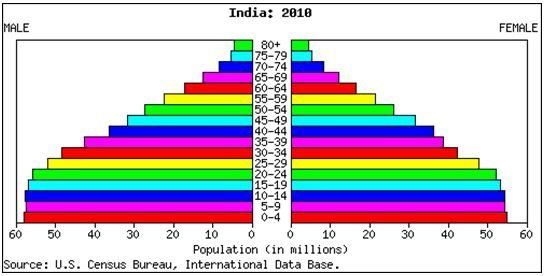 You Want to Invest in This Pyramid?
You Want to Invest in This Pyramid?
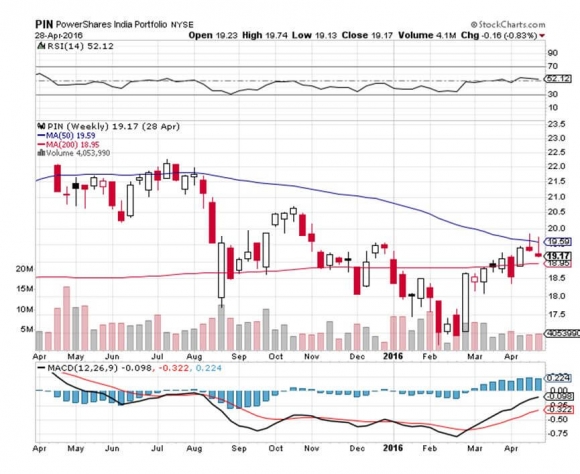

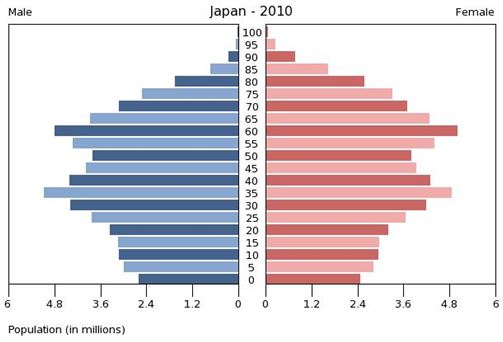 ...Not This One
...Not This One
